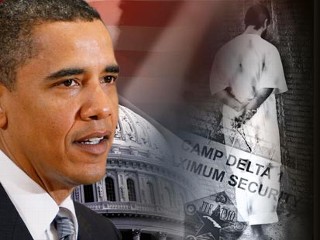
The saying is “Out of sight, out of mind,” implying that only images give us the certainty of how events happen. Words, on the other hand, don’t have so much force or credibility.
It is also said that “A picture is worth a thousand words,” since a visual brings us closer to reality. That’s why the images of the crumbling twin towers offer us a better impression of terrorism, those of a shoe flying towards a president infer an awful government and the photo of Maradona’s goal against the English shows that the hand of God exists.
However, photographs are usually misinterpreted since one takes responsibility for what is portrayed in them. That’s why controversies arise beyond their subjects, as it was with Father Alberto Cutié being caught cavorting with his girlfriend on a Miami beach, the Italian Prime Minister Silvio Berlusconi rejoicing in his Sardinian orgies or Olympian Michael Phelps partying with a marijuana pipe.
The controversies are bigger when the images cause a dispute between two equally valuable but contrary principles. A dilemma like this, between national security and public access to information, has President Barack Obama feeling dizzy. A few days ago, he asked the court not to force the Pentagon to release photos of military prison guards torturing prisoners in Iraq and Afghanistan, arguing that they can generate greater anti-American public opinion, endanger the lives and security of the troops and encourage al-Qaeda to recruit more terrorists.
On the other hand, the American Civil Liberties Union, who demands to know the truth, is calling for the validation of a September 2008 ruling that orders the declassification of the photos under the Freedom of Information Act. The Supreme Court should deliberate in the coming days, shortly after Obama returns from his trip to the Middle East.
The images of the wars in Iraq and Afghanistan still generate discussions from the least complex, like those of coffins with the bodies of American soldiers that were off-limit to the press, to the most controversial, like those leaked from Abu Ghraib prison in 2004 which exhibited abhorrent cases of torture. The photos that have been branded as perverse were erroneously given responsibility for that scandal. In reality, the perverse actions of those recorded were at fault.
Obama’s position of non-disclosure, though not legally weak and perhaps one of the first measures that Republicans support and his Democratic supporters criticize, contradicts the moral compromise that he adopted on the fist day of his term. On January 21st, he promised transparency, accountability and distancing himself from the culture of secrecy created by the Bush administration and approved a resolution meant to strengthen the Freedom of Information Act; establishing that in the event of a tough dispute or question between secrecy for national security purposes and transparency, the latter should always prevail.
Withholding information to prevent potential dangers, such as those that Obama suggests, is not very convincing. The photo’s publicity could bring on some type of retaliation and cause an international stir, but not releasing them after having revealed some of its content won’t settle this or make it so these crimes of torture didn’t exist.
On the contrary, to declassify them would be more in tune with the image and trust that a leader should generate, giving the Pentagon the opportunity to condemn and not repeat such conduct as well as calling on other governments that also commit these atrocities. Furthermore, it would permit Obama to be more consistent with his recent speech in Cairo, where he said “[We have acted] contrary to our traditions and our ideals.”
The publication of the images, shameful and harmful as they may be, is the only clear way to know the truth and generate the formula to combat those violations. Neither transparency nor the photographs are perverse; to forbid them is what generates doubt.

Leave a Reply
You must be logged in to post a comment.